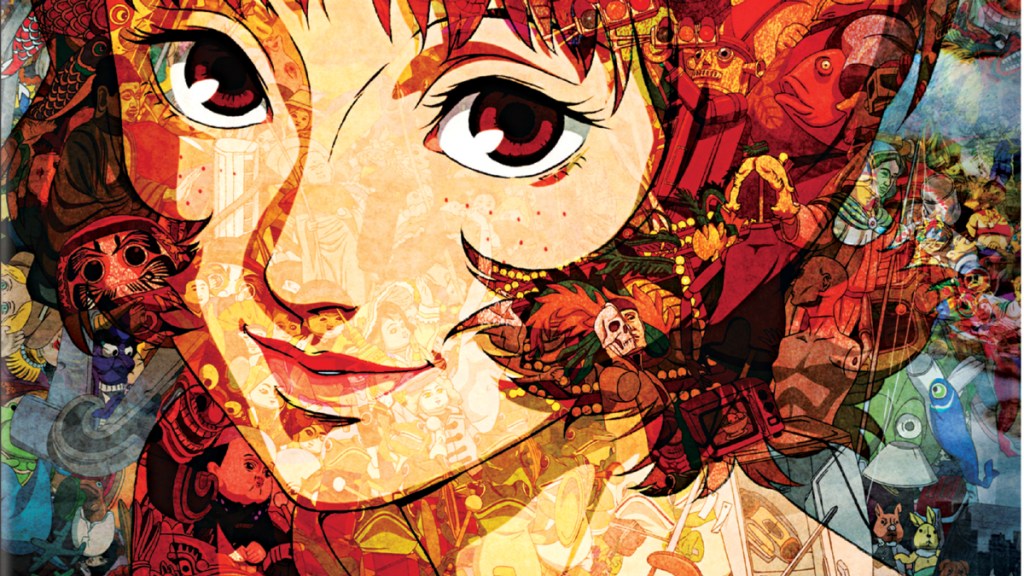Had Satoshi Kon not died tragically early at the age of 46 in 2010, he might be more regularly mentioned in conversations about all-time great directors of his generation. As it happened, he left us with an astounding four-for-four track record, a quadfecta of near-perfect films starting with Perfect Blue, through Millennium Actress and Tokyo Godfathers, culminating in Paprika, which he felt gave a sort of closure to the cycle even before he knew there’d be no more. Aimed at older viewers, and usually with a meta-fiction theme that blurs dreams with reality, his animated features don’t necessarily strive to be visually ground-breaking, but they can be gloriously brain-breaking. The viewer may not always know what is and isn’t reality within his narratives but is always propelled along for the ride.
The Kon Is on
“This is your brain on anime” was Sony’s lunk-headed marketing tagline for the film in 2006, hoping to appeal to adult viewers who had already mentally compartmentalized anime as weird and incomprehensible. There are no other anime films quite like Kon’s, though — even an otaku teen of today might find his oeuvre an exhilarating break from the norm. Kon is as steeped in literature and classical cinema as he is in manga, with Paprika dropping visual references from The Greatest Show on Earth, Pinocchio, Blade Runner, and many more. He was inspired by the 1993 Yasutaka Tsutsui novel Paprika long before he considered adapting it; only when Tsutsui himself requested him did he finally take it on.
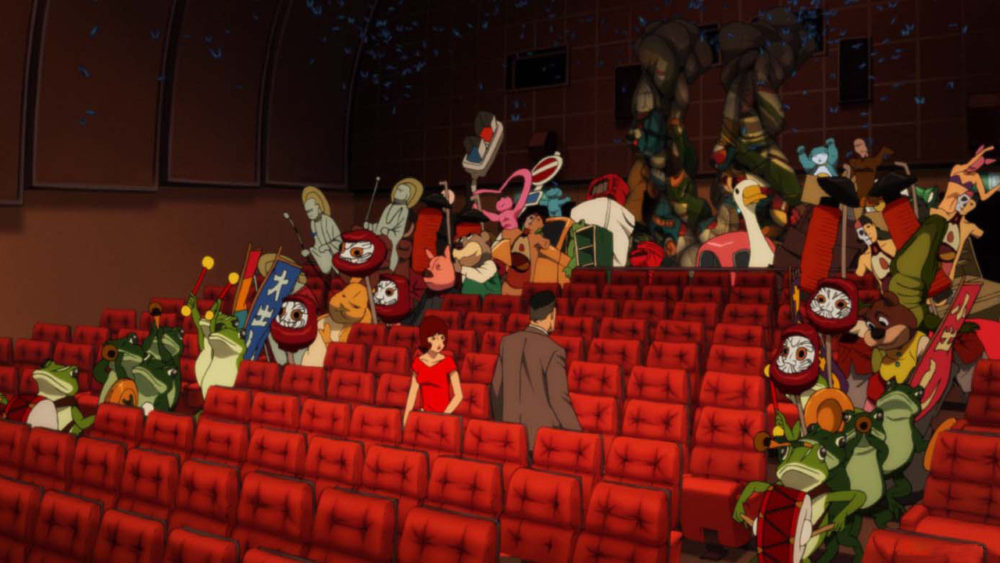
For the uninitiated, Paprika is an uninhibited, flirtatious female avatar who exists only in dreams and serves as a therapist who can both interact with and record the dreams she enters in order to help her patients. In real life, she’s Dr. Atsuko Chiba, a more reserved scientist whose secret escapades as Paprika are illegal, despite being helpful.
Unfortunately, she learns quickly why the laws are in place, as the “DC Mini,” the device she uses to enter people’s dreams, has been stolen by someone who’s using it to trap victims in waking nightmares and ultimately to blur the boundaries between dreams and reality. As Atsuko and her colleagues investigate, everyone’s sanity begins to fray, while the cop who’s supposed to be on the case must face down the childhood trauma that haunts his nights before he can be much use in resolving everyone else’s.
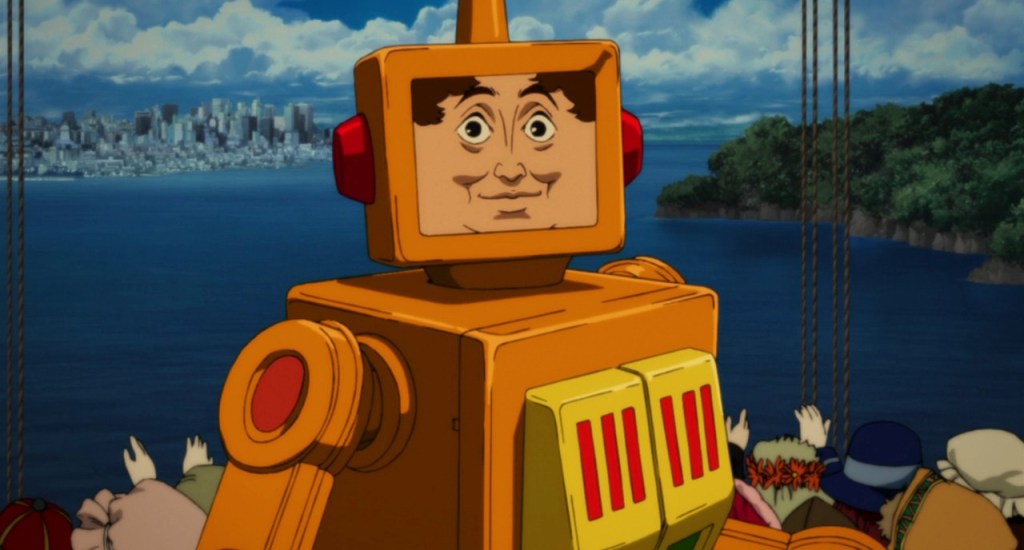
Reality Ends Here
The use of dreams as a plot device allows Kon to bend reality in ways that the plot logically allows, as opposed to just because he wants to, which is sometimes the case in his other works. Even so, those paying close attention may notice that the movie occasionally cheats its own rules, but only at the point the viewer is normally so engrossed they won’t notice the first few times. Integrating CG in various ways for a technique animators call 2.5-D, Paprika’s visuals occasionally make the digital conspicuous — there’s a brief look down a ladder, for instance, that’s like a Resident Evil scene transition. But the computer also allows more layer manipulation in the 2D space and the ability to suddenly move the background without it having been a conspicuously painted cel prior.
U.S. critics didn’t know what to make of Paprika in 2006, as many had only just gotten used to Hayao Miyazaki, but whether he admits it or not, it’s clear Christopher Nolan did. Inception, released four years later, isn’t what anyone would reasonably call a rip-off of Paprika, but several moments and key scenes certainly seem inspired by it. There’s a lot to dig into in the movie beyond the dream theft plot and the energetic, ecstatic soundtrack by Susumu Hirasawa and some computer-generated female vocals. (Buy the soundtrack, too, and thank me later.) There’s conflict in duality throughout the story: within each character, between human and avatar, dream and reality, cinema and truth.
In Dreams and in Memory
Kon’s death adds extra poignancy now to the subplot about the cop who once dreamed of being a filmmaker — and who even explains certain cinematic techniques within the movie itself, by demonstration. What is cinema, after all, if not a collective dream of its own?
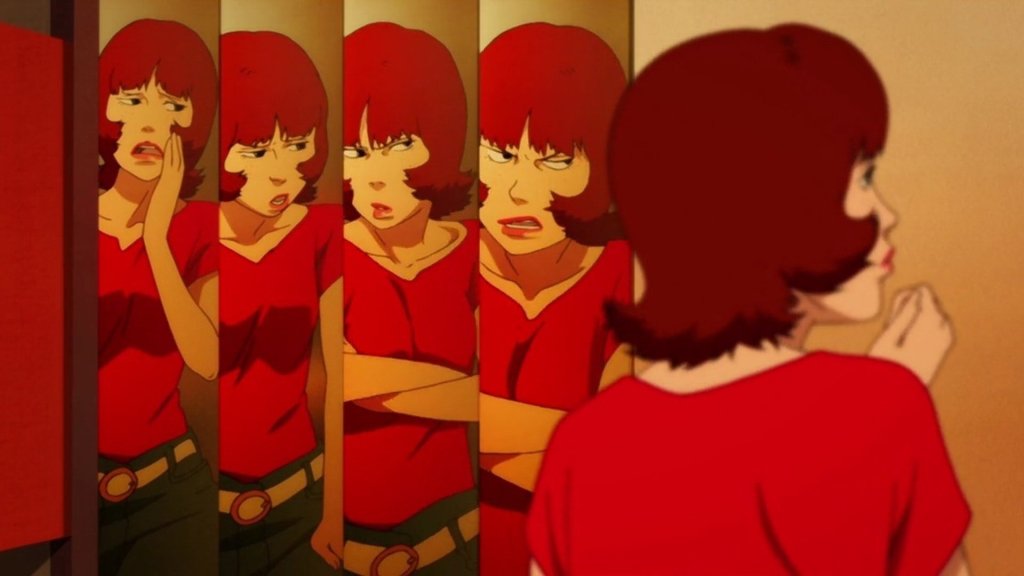
The only aspect of the film that doesn’t quite work is a love story element carried over from the book. Throughout the movie, the inventor of the DC Mini is depicted as massively obese, sweaty, and gluttonous to a comical degree, and at the end [SPOILER!] Atsuko suddenly decides she loves him. Where did that come from? The book, yes, but Kon does not love this character or invest much in building subtext between the two. It plays as an out-of-nowhere grace note twist, as if to say, “I can’t be fatphobic because…”
The 4K UHD transfer, packaged with the original Blu-ray version, offers an interesting choice. The 4K version has been carefully remastered, as shown in a featurette on the 4K disc, in a manner that dulls down the color range across the board, but takes pains to contrast between the brighter, more saturated dream world and drab reality. Additional trailers and extras on the Blu-ray suggest this is closer to the theatrical version, but the Blu-ray, with sharp, bright color overload everywhere, may be more to some viewers’ liking.
There also seems to be more motion blur in the 4K transfer, while the Blu keeps sharp focus — considering that Kon on the commentary is specific about what he does like to see in focus, this aspect feels a touch off. It’s a great movie either way, but just as the DVD version of Perfect Blue had a noticeably different color aesthetic to the Blu-ray version, there’s some choice here.
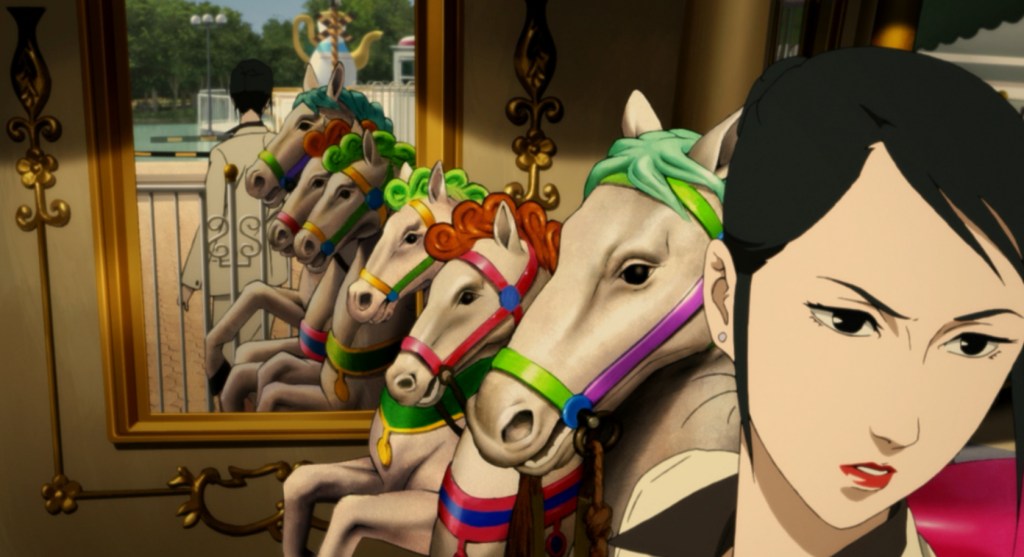
Blu-Eyed
All the other extras are ported over from the previous Blu-ray and are worth your time. The commentary track, featuring Kon, Hirasawa, and associate producer Taro Morishima (all speaking Japanese and subtitled in English) is light but deep, as Kon and Hirasawa razz each other over working more subconsciously than intellectually, and discuss their use of the subconscious, and differences between American and Japanese animated filmmaking. Documentary featurettes include one that covers the production process and release, another on the colors, and another on how digital effects were used in obvious and non-obvious ways.
A four-way conversation between Kon, Tsutsui, and lead actors Megumi Hayashibara and Toru Furuya is both fun and enlightening — throughout all the extras, we get a pretty good glimpse into the way Kon works and how much of what he does is planned versus a happy accident. (Among other details, the movie did not have an ending when they started making it. He came up with it on the fly.)
Finally, there are storyboard comparisons for three sequences, allowing viewers to compare storyboard art, individual character cels, and the finished scene all at once. The disc may not feel that it has hours of extras, but they’re all distinctly different and with full access to Kon at every stage, almost to the point of demystifying the movie, for those who really want to know how all the tricks are done.
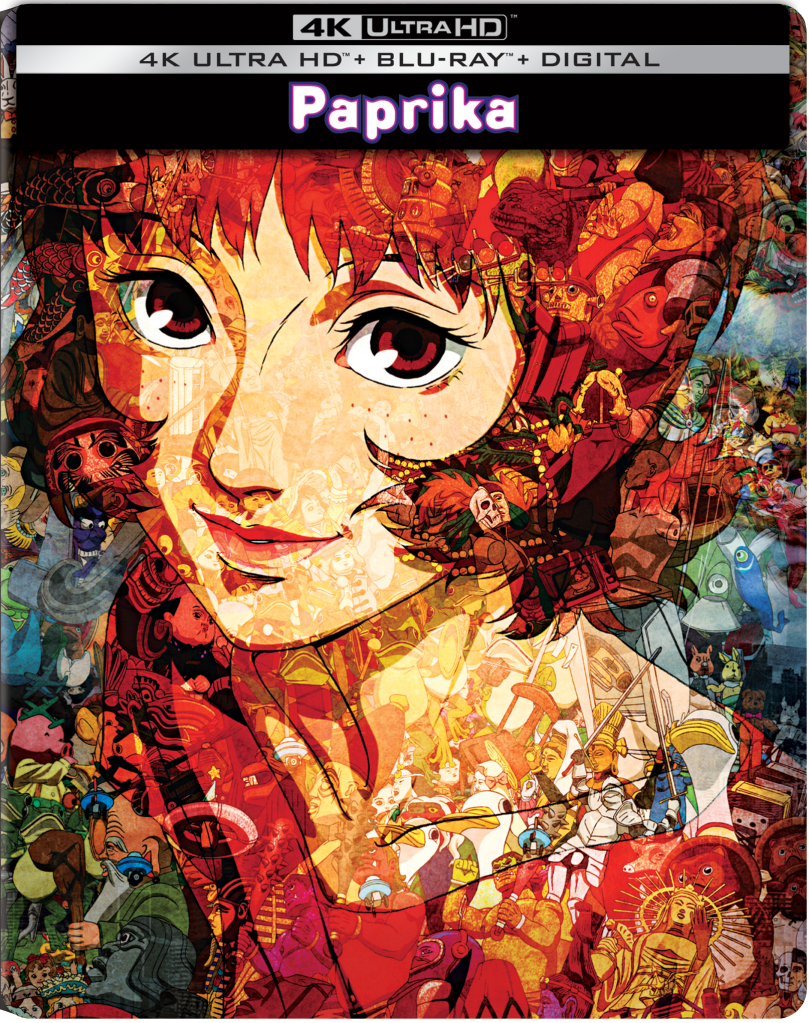
Verdict:
Whether you do or don’t want to know how they pulled off the final product, any cinephile of anime or otherwise owes it to themselves to see Paprika at least once, and Sony has put together a great presentation. This iteration of the Dream Police will live inside of your head, and you’ll like it. Maybe even love it.
On a minor aesthetic note, the steelbook cover is really nice too, full of hidden details when the light hits it right. Just like the movie.
Grade: 10/10 – Masterpiece
Per Coming Soon’s review policy, “This is the rare release that transcends genre and must be experienced by all fans of the medium.”
Paprika is out now on 4K, digital, and Blu-ray.
